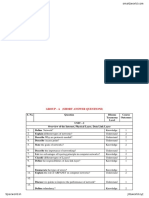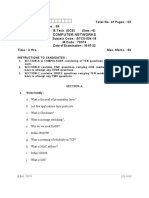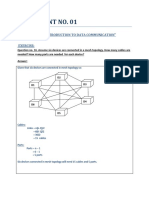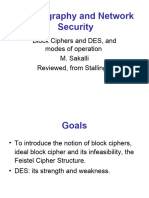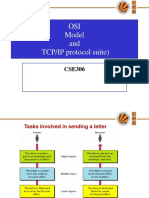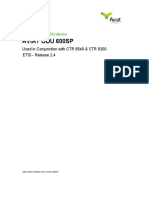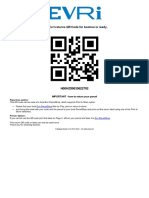0% found this document useful (0 votes)
2K views17 pagesSlides of Osi Model
The document summarizes a seminar on the OSI model. It describes the seven layers of the OSI model from physical to application layer. It explains the responsibilities of each layer, such as the physical layer being responsible for moving individual bits between nodes. It also briefly discusses how the layers in the TCP/IP protocol suite map to the OSI model layers.
Uploaded by
eipilCopyright
© Attribution Non-Commercial (BY-NC)
We take content rights seriously. If you suspect this is your content, claim it here.
Available Formats
Download as PPT, PDF, TXT or read online on Scribd
0% found this document useful (0 votes)
2K views17 pagesSlides of Osi Model
The document summarizes a seminar on the OSI model. It describes the seven layers of the OSI model from physical to application layer. It explains the responsibilities of each layer, such as the physical layer being responsible for moving individual bits between nodes. It also briefly discusses how the layers in the TCP/IP protocol suite map to the OSI model layers.
Uploaded by
eipilCopyright
© Attribution Non-Commercial (BY-NC)
We take content rights seriously. If you suspect this is your content, claim it here.
Available Formats
Download as PPT, PDF, TXT or read online on Scribd
/ 17


